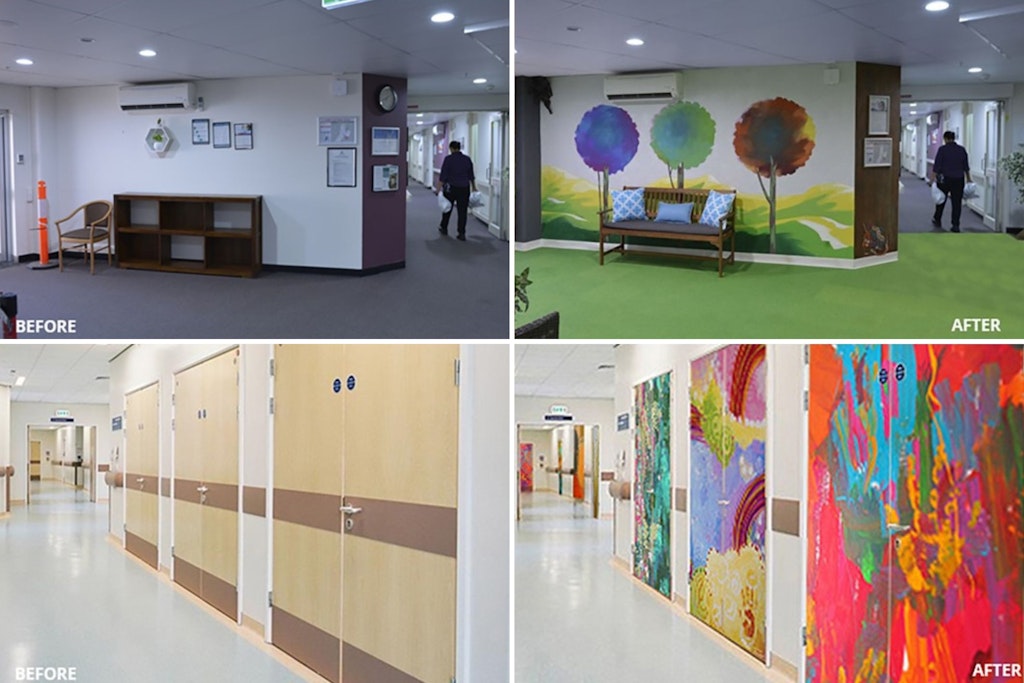Artwork’s impact on well-being to be explored at ICD2024
Last updated on 15 August 2024

When Sharron Tancred brings art and design into the aged care environment she’s looking for much more than neat canvas or a good place to hang a picture. She taps into the science around art technologies to create a supportive environment suitable for people with dementia or cognitive decline.
Ms Tancred is the Founder and Creative Director of Brisbane-based Tailored Artworks, a business that focuses on art for health care and aged care. She’ll be presenting at the upcoming International Dementia Conference in Sydney on September 5-6.
She said artwork can have a profound impact on the well-being of aged care residents living with dementia, reducing stress and confusion.
“The right kind of artwork, that people with dementia can perceive and use as landmarks, that they can reminisce with, and have conversations about – that creates dopamine, it raises wellbeing, it improves health,” she explained.
There is a highly detailed approach to facility planning and design that goes well beyond the basics of bringing in new murals or paintings.
Through her own studies and experience, Ms Tancred found that art and health combined through colour psychology and the rules of interior decorating serve as inspiration for designing or renovating spaces.
“It’s a mixture of colour psychology, interior decoration, dementia science and neuro-aesthetics – a new science that looks at how we are neurobiologically geared to be affected by the aesthetics all around us,” she said.
“Art provides activity: it’s a holistic solution to a problem that dementia experts and carers have been coming to me about for 16 years.
“In residential aged care, we have people who have lived in their own homes their whole life and suddenly they’re in a community of, say, 60 people in a hospital-style environment.”
Ms Tancred is a firm believer in the power of art to create better mental health, something that’s of the utmost importance in aged care.
“Over 50% of people in residential aged care have symptoms of depression and 60% are medicated – that’s a cost and a very unhealthy cost,” she added.

Aged care is no stranger to the impact of art. Personalised room doors are a common sight in many homes to help residents identify their private abode. This is often paired with personal items that showcase individuality and familiarity.
Elsewhere, door artwork and decals are used to either hide the real intention of a door – such as a utility closet – or to act as wayfinding landmarks.
As Ms Tancred explained, “Artworks that attract and engage curiosity become associated with specific locations, so residents can identify places and their purposes”.
Ms Tancred has seen a great upsurge in interest in dementia-friendly design since the Royal Commission into Aged Care Quality and Safety and her presentation at the International Dementia Conference will dig into the innovative and purposeful science-based application of art.
She will be speaking in the Day 1 concurrent session Innovating residential person-centred care through dementia-friendly art alongside Associate Professor Klaus Veil from HL7 International.
“I got increasingly interested in the science and how I could help,” Ms Tancred added. “The aged care providers I have worked with have shared their experiences and given me many insights.”
The session will also look at the process of creating dementia-friendly environments in line with the National Aged Care Design Principles and Guidelines.